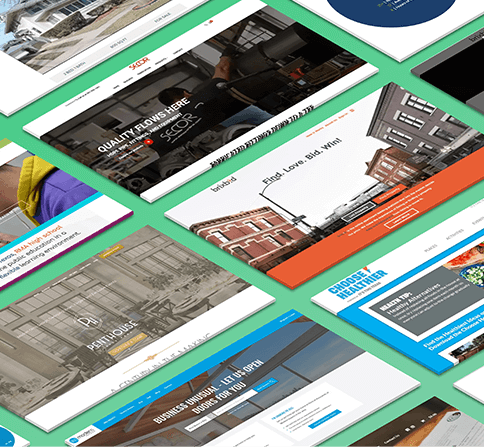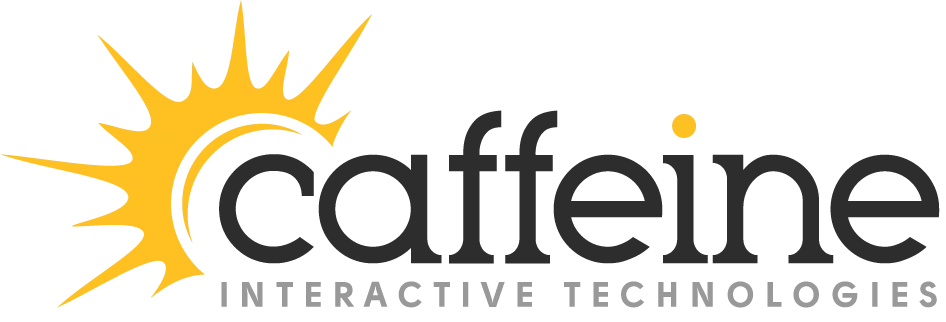Staff augmentation is a growing hiring practice in the software industry as tech companies consistently meet revenue expectations leading to expected growth.
Onboarding a new software developer typically involves introducing them to the company’s development processes, tools, and team dynamics, as well as providing training on the specific technologies and codebase they will be working with.
On the other hand, onboarding a new staff augmentation partner for software development involves not only familiarizing them with the company’s development processes and tools but also establishing clear communication channels, aligning them with the project goals, and integrating them seamlessly into the existing development team. Additionally, the staff augmentation partner may already have expertise in the technologies and codebase, so the onboarding process may focus more on understanding the specific project requirements and expectations.
The Importance of Onboarding
Regardless of the projected duration of engagement with the staff augmentation team, it is essential to onboard and orient the team effectively. Onboarding sets the stage for a quick and productive start to the collaboration. After investing time in researching and interviewing staff augmentation partners, it would be a missed opportunity not to set everyone up for success.
Key Components of an Effective Onboarding Process
1. Introduction to the stakeholders
After finalizing the contract with the staff augmentation partner, arrange a video meeting for internal stakeholders to meet the team. This step fosters a sense of collaboration and sets the tone for a strong start. Stakeholders might include the founder, CEO, VP of R&D, Director of IT, Development Manager, DevOps Manger, QA Manager, development peers, and Marketing to name a few. Put the effort into a video call as email introductions are easily dismissed. You could follow up the video call with an email summary of names, titles, email addresses, and cell phone numbers.
2. Overview of the current state of the project with a demonstration
Providing a demo of the project, if available, helps the staff augmentation team understand the navigation and user experience. If a demo isn’t feasible, a code walkthrough is essential to familiarize the new team members with the existing codebase.
This process involves walking the new developer through the existing codebase, explaining its structure, architecture, and how different components interact with each other. Be sure to point out conventions used or things that might differ from best practices.
3. Overview of the projected development timeline or a release schedule
Sharing the development timeline and release schedule provides context for the critical tasks and deadlines, setting the staff augmentation team up for success.
4. Outline of important processes like ticketing, bug reporting, or meeting requests for example.
The staff augmentation team should use the processes you have in place. If you don’t have set processes then this would be a good time to create some for consistency. A basic task like assigning development work and the flow from technical design through quality assurance should be mapped out and explained to the team. Don’t leave this up to personal interpretation or deadlines might be missed and details could be overlooked.
5. Establishing communication channels including a feedback loop
With remote employees more the norm than not, there are many ways to keep everyone on the team digitally connected. When onboarding the staff augmentation team set a meeting schedule which might include a weekly status check-in, daily standups, a chat program for immediate communication, email for longer conversations, comments on tickets for documentation, and maybe even cell phone text messaging for speedy responses.
If you have never worked with a staff augmentation team then consider establishing a feedback loop for continuous improvement of your partnership.
6. Proving necessary credentials to access project documentation
This step shouldn’t differ too much from onboarding an internal employee but it’s important to be reminded to add the staff augmentation team to the development environments, tools, plugins, apps, and systems required to get the job done. This might also include providing email addresses using your company name.
7. Security training
Conducting security training ensures that the staff augmentation team understands the importance of keeping intellectual property safe, code secure, and conversations private. You can read more about security here.
Conclusion
In conclusion, effective onboarding of staff augmentation partners is crucial for the success of software development projects. By introducing them to the project stakeholders, providing an overview of the project and its current state, outlining the development timeline and processes, establishing clear communication channels, and ensuring access to necessary credentials and security training, companies can set their staff augmentation teams up for success. Even if the engagement is short-term, investing time and effort into onboarding can lead to quicker productivity and better collaboration. Remember, a well-structured onboarding process not only benefits the staff augmentation team but also contributes to the overall success of the project and fosters a positive working relationship between the company and its partners.
Innovate. Automate. Caffeinate.
Let’s innovate and automate together. Reach out to Dustin DeVries, Caffeine’s CTO and co-founder for a free consultation to see how our team can complement your team.
- Phone: (512) 387-5793
- Email: info@caffeineinteractive.com
- Web: https://caffeineinteractive.com/contact/

